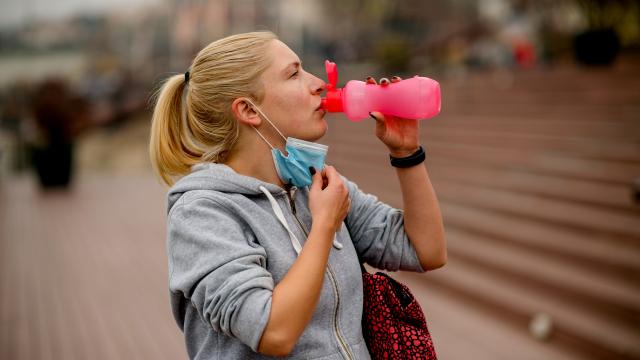Normally, the process for getting back to exercise after you’re sick is a simple one: trust your body, take it easy, and don’t overthink it. But if you’ve had the coronavirus, extra caution is needed.
Athletes and recreational exercisers have ended up with lingering complications, including blood clots in the arteries and inflammation of the heart. Some athletes have also reported fatigue and respiratory problems that persist after they have otherwise recovered from COVID-19.
A team of doctors from the Hospital for Special Surgery in New York has published a set of guidelines for returning to exercise. (One of the authors, Jordan Metzl, has also written about the reasoning behind these guidelines in the New York Times.)
Among the recommendations:
- If you think you only had a cold or flu, get tested for COVID-19 anyway, if possible.
- If you have a heart or lung condition, consult a doctor before returning to exercise.
- If you were healthy beforehand and had a mild case of the virus, you can consider returning to exercise after you’ve been symptom-free for seven days.
- Expect to take about a month after that before returning to your full training schedule.
- Stop exercising and see a doctor if your symptoms return, especially chest pain, fever, palpitations, or trouble breathing.
The concerns about returning to exercise mostly relate to cardio and conditioning activities. The recommendation to ramp up gradually suggests starting with just half of your normal volume of conditioning activities (so, if you are a runner, this might be half your normal amount of running). The guidelines aren’t specific about lifting weights, but the authors point to a set of non-COVID-specific guidelines that likewise recommends starting out easy when you return to the weight room and ramping up gradually.

Leave a Reply
You must be logged in to post a comment.